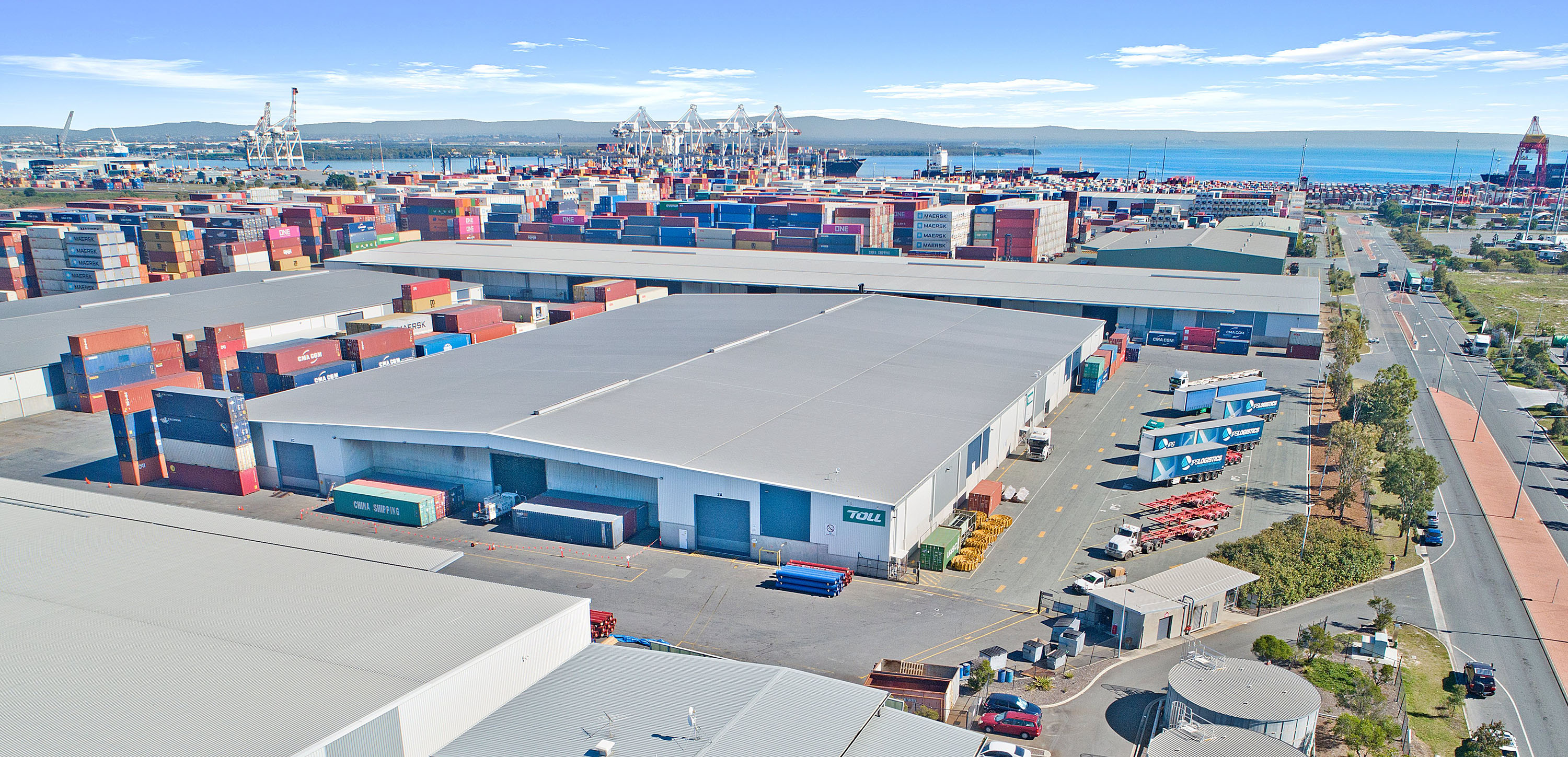Whether owned by government, businesses or real estate investment trusts (REITs), commercial buildings are significant investments. Investments need to be protected, and there are few more obvious points of building protection than its roof and facade. Protecting the condition of a building’s roof is therefore of utmost importance.
Commercial buildings usually have metal roofing, as it is more durable and defect resistant compared to other roofing options. Rooves are constantly assaulted by harsh Australian conditions as well as structural stresses. As with people, roof aging cannot be halted. However, also like people, the appearance and structural health of roofing can be bolstered with a proactive approach to detect minor issues before they become serious. Regular roof and façade inspections protect the building asset and add years of life to the exterior.
Common roof and façade issues
Holes and leaks
Roof, guttering and façade should be closely inspected for leaks, both visually and with thermal imaging. Holes both let water in and heating/cooling out, which can be extremely costly in energy consumption.
Measure Australia conducts frequent cyclical imagery and thermal imaging inspections of building assets, as well as more specialised electronic or signal scans on occasion.
Debris
Commercial buildings can end up with some remarkable debris on the roof. The largest ‘piece of debris’ Measure Australia has informed a client of was a 40ft shipping container, with an old earth mover getting a (dis)honourable mention. In the world of commercial property, these things can – and do – happen!
More commonly however, debris is stray metal or bricks, leaves and branches, and other small sundries. All of these can cause issues to the roof and gutters, and need to be discovered and addressed.
Staining
Rust marks are one of the most important defects to find early, with intervention making the difference between spot repair and whole sheet replacement with internal damage. It is particularly valuable to monitor change over time and compare conditions to prior period (which is why an enduring record is invaluable).
Why is roof maintenance often ignored?
If I can’t see it …
Sometimes it’s as simple as ‘out of sight out of mind,’ with facility managers or asset owners simply unaware there’s something to be addressed until catastrophic failure occurs. Indeed, the most senior APAC asset director for one of the world’s best-known brands – which is a large property owner in Australia – told us recently that their facility management team had this realisation just last year. They’ve been in Australia for almost 100 years and their property asset network has more than 550,000m2 of roofing in Australia alone – yet no roof inspection programme was in place. They budgeted to save some millions of dollars over the next three years by implementing a cyclical inspection programme with Measure Australia.
Safety is a factor
Safety is often the reason `roof inspections aren’t more frequently undertaken. Australian companies and facility maintenance managers are measured and monitored on their work safety – and heights have inherent risk. It is understandable some of them prefer to avoid the risk of inspections, however it is simply not a feasible plan for the long-term.
Emerging technologies such as remote aerial inspections are being used to avoid this kind of risk and exposure.
Roof inspections – how often should they be done?
Metropolitan Australia buildings with metal roofing should be inspected at least twice annually, according to sources including experts. Some facility managers time these for March and September, to confirm roof, gutter and façade integrity as they head into the more extreme hot and cold/wet seasons.
Buildings in regional areas often have the same requirement of two+ inspections. However where particularly arduous conditions exists – such as on a mine site, or in a remote area prone to dust storms, for example – more frequent inspections may be required.
Tile roof inspections for commercial buildings generally need greater inspection frequency, depending on the age of the roof. A method some clients have used is to have two inspections at 6months interval, using the deterioration over that time to inform inspection cadence.
Measure Australia’s solution
Measure Australia utilises high grade technology, expert tech platform and pilot network to inspect and report to our commercial building clients.
MA has one of the largest pilot networks in Australia, and can reach 93% of the country within two hours. We manage all flight regulations and clearances, and despatch local pilots to the site for high quality data capture. That data is transmitted to our HQ for processing and identification of issues.
MA’s intelligent data platform using machine learning to assist our analysts to quickly produce inspection reports with categorised and prioritised lists of issues, with an estimate of repair costs. The platform is optimised to enable easy review of condition change over time, with a slider feature that allows users to easily review the same location over multiple time periods.


